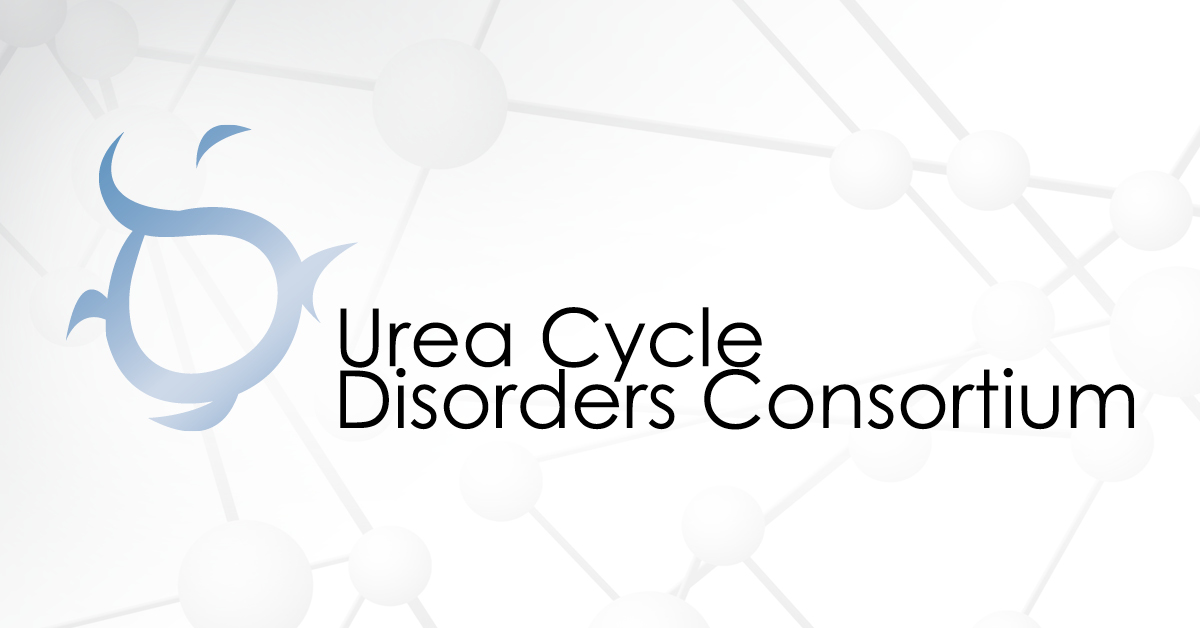The urea cycle consists of six consecutive enzymatic reactions that convert waste nitrogen into urea. Deficiencies of any of these enzymes result in urea cycle disorders (UCDs), a group of inborn errors of hepatic metabolism that often result in life-threatening hyperammonemia. Argininosuccinic aciduria (ASA) is the second most common UCD (prevalence ~ 1 in 70,000) that is due to the deficiency of the enzyme argininosuccinate lyase (ASL). In addition to its role in ureagenesis, ASL is also essential for endogenous synthesis of arginine. Patients affected by ASA can have liver involvement ranging from hepatomegaly, with elevations of liver enzymes to severe liver fibrosis. The cause for increased incidence for liver dysfunction is not known but has been hypothesized to be due to increased argininosuccinate upstream of the enzymatic block or decreased arginine downstream of the blockade. The standard of care for patients with ASA includes arginine supplementation that compensates for the decreased endogenous synthesis in addition to promoting excretion of nitrogen as argininosuccinic acid.
The investigators hypothesized that if increased levels of argininosuccinic acid were the predominant cause for liver dysfunction, a high dose of therapeutic arginine (500mg/kg/day) would be associated with worsening of liver functions as compared to a low dose arginine (100mg/kg/day) with sodium phenyl butyrate which would result in lower levels of argininosuccinic acid levels. To evaluate the effects of these two treatments on liver functions in patients with ASA, a randomized double-blind placebo controlled cross-over trial was carried out under the auspices of the Urea Cycle Disease Consortium of the RDCRN.
Eleven patients completed both arms of the trial and were included in the analysis. As expected patients had significantly increased levels of phenacetylglutamine and phenyl acetic acid while on low dose arginine with sodium phenyl butyrate, and higher plasma arginine and citrulline levels on the high dose arginine arm. The ammonia control was comparable between the two arms of the trial. Patients had statistically significant increases in plasma ASA while on high dose arginine. The AST levels were increased in the high dose arginine arm and those with abnormal liver transaminases seemed to have the most increase in liver enzymes with high dose arginine. The synthetic function of the liver as assessed by PT, INR, Factors VII, IX and fibrinogen were comparable between the two arms.
These results reveal that high dose arginine may lead to higher liver inflammation in patients with ASA, especially in patients with existing liver dysfunction. The results have therapeutic implications as they suggest it may be optimal to treat ASA patients with liver dysfunction with lower doses of arginine and use concomitant nitrogen scavenging therapy with sodium phenyl butyrate.
Brendan Lee, MD, PhD
Chief, Skeletal Dysplasia Clinic
Associate Professor, Baylor College of Medicine
Sandesh Chakravarthy Sreenath Nagamani, MBBS, MD
Assistant Professor, Dept of Molecular and Human Genetics
Baylor College of Medicine


